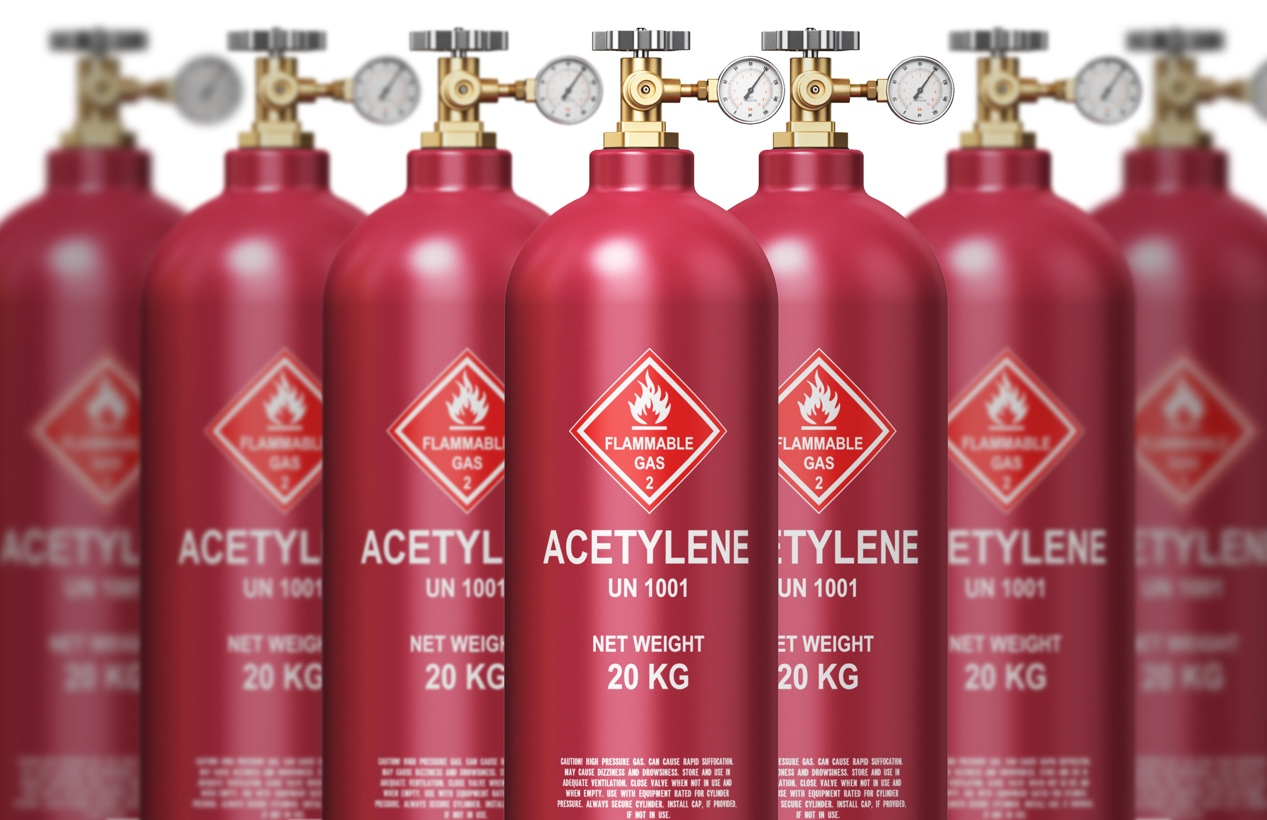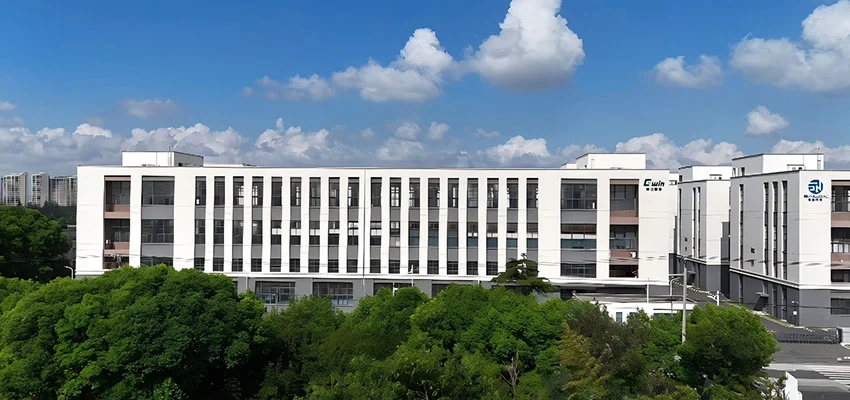Safety Operating Guidelines for Acetylene Gas Cylinders
Due to the highly explosive nature of acetylene when mixed with air, leading to combustion and explosions upon exposure to open flames or high heat, strict adherence to safety regulations is essential when using acetylene cylinders. The following are the regulations for the use of acetylene cylinders:
1. Acetylene cylinders should be equipped with a dedicated flashback arrestor and pressure regulator. For locations with variable workspaces or frequent movement, cylinders should be mounted on specialized carts.
2. Striking, impacting, and subjecting the cylinders to intense vibrations are strictly prohibited to prevent the settling of porous filler material inside the cylinder, which could create voids and affect the storage of acetylene.
3. Acetylene cylinders should be stored upright, and horizontal usage is strictly prohibited. Horizontal usage can cause acetone inside the cylinder to flow with acetylene, potentially entering the regulator and even leaking into the hose, posing a severe risk.
4. A specialized wrench must be used to open acetylene cylinders. When opening the cylinder, the operator should stand to the side and rear of the valve, with gentle and slow movements. Complete depletion of gas from the cylinder is strictly prohibited. In winter, a residual pressure of 0.1~0.2 MPa should be maintained, and in summer, a residual pressure of 0.3 MPa should be retained.
5. The pressure should not exceed 0.15 MPa, and the gas delivery rate should not exceed 1.5~2 cubic meters (m3) per hour per cylinder.
6. The temperature of acetylene cylinders should not exceed 40°C, and precautions should be taken to prevent exposure to direct sunlight in summer. Elevated temperatures inside the cylinder can decrease the solubility of acetone in acetylene, leading to a rapid increase in acetylene pressure.
7. Acetylene cylinders should be kept away from heat sources and electrical equipment.
8. In case of valve freezing in winter, open flame thawing is strictly prohibited. If necessary, thawing can be done using water below 40°C.
9. The connection between the acetylene regulator and cylinder valve must be secure. Usage in the event of a gas leak is strictly forbidden, as it can result in the formation of a mixture of acetylene and air, leading to immediate explosion upon contact with an open flame.
10. Usage in poorly ventilated areas or places with radiation is strictly prohibited, and cylinders must not be placed on insulating materials such as rubber. Acetylene cylinders and oxygen cylinders used simultaneously should be at least 10 meters apart.
11. If any defects are identified in the cylinders, operators are not allowed to perform unauthorized repairs. Instead, they should notify the safety supervisor and return the cylinders to the gas facility for proper handling.

Jiangyin Forward Supply Chain Management
info@jiangyinforward.com

